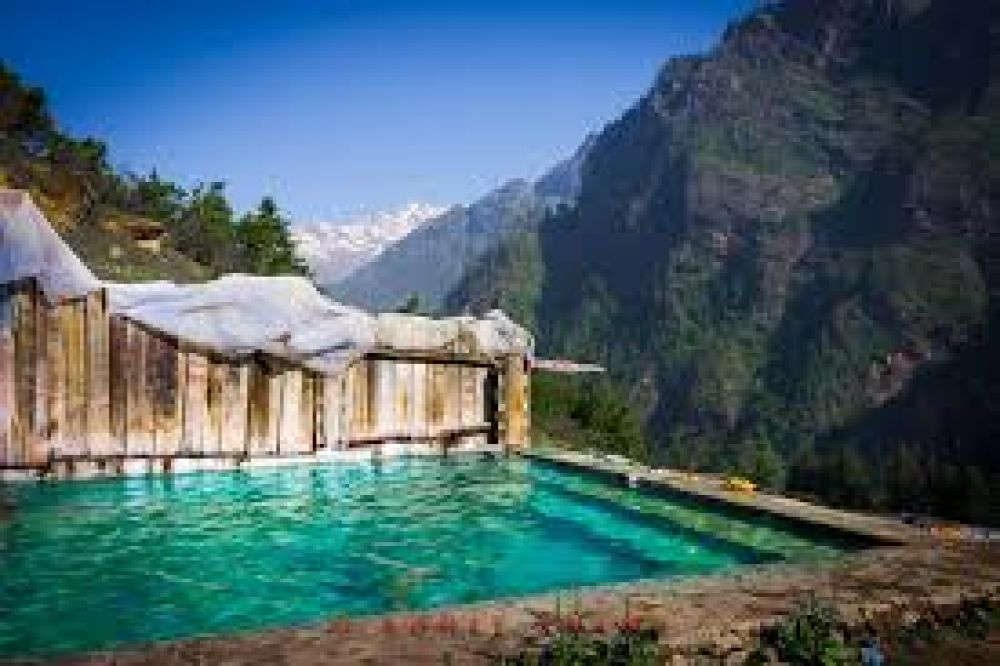

North Korea may not be the first country that comes to mind when considering tourist destinations, but amidst its secluded and tightly-controlled image lies attractions such as the Kangso Mineral Springs in Nampo. Located in the South Pyongan Province, the springs are a testament to North Korea's efforts in promoting select locales to both domestic and international tourists.
The Kangso Mineral Springs have a history dating back to the early 20th century. They were developed during the Japanese occupation for their reputed therapeutic properties. After the Korean War and the division of Korea, the North Korean government realized the potential in promoting its natural resources, including mineral springs, for raising revenue and enhancing its image. Hence, they developed Kangso as a site for health and relaxation, targeting mainly domestic tourists but also selectively inviting foreign visitors.
Despite the difficulty for foreigners to access the country and the regions around it, over the years, North Korea has organized state-controlled tours which sometimes include destinations such as the Kangso Mineral Springs. Tourists interested in the region rely on these organized tours, as independent travel within North Korea is nearly impossible.
Kangso Mineral Springs are known for their high iron content, which is believed to offer health benefits, particularly for those with anemia. The facilities around the springs have been developed to include spas and bathhouses, catering to those looking for therapeutic treatments.
In recent years, there has been a subtle shift in North Korea's tourism strategy. While still strictly regulated, the country has been more active in promoting various forms of tourism, including cultural exhibitions, sports tourism, and the showcasing of natural wonders. Events like the Mass Games and the Pyeongchang Ski Resort are examples of how North Korea has modernized its tourist offerings. However, political tensions and global sanctions have significantly impacted the volume and the growth of tourism in North Korea.
Tourism trends also see the North Korean government gravitating towards more sustainable and controlled tourism models, preserving their sites and controlling the narrative experienced by the tourists. However, due to the secretive nature of the regime and the fluctuating political climate, data on tourism trends in North Korea are not as readily available or reliable as in other countries.
In summary, the history of tourism at Kangso Mineral Springs reflects the broader trajectory of North Korean tourism: from a quiet domestic spot to a cautiously shared resource with outsiders, all within the strict boundaries set by the state. For the adventurous and intrepid traveler, it remains an enigmatic destination wrapped in both history and mystery.